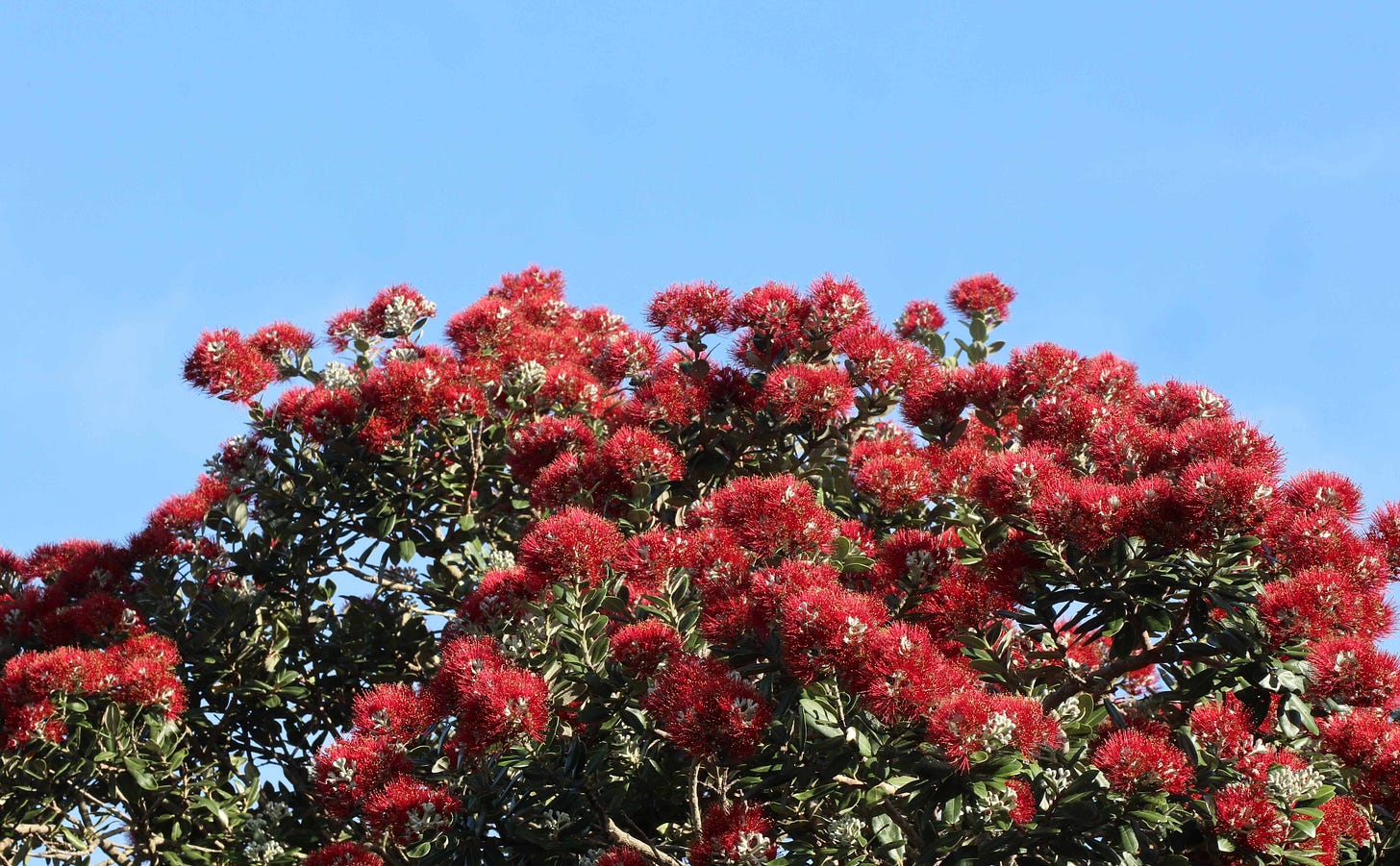Christmas is a time when absence can become a presence. For those who’ve lost someone close, even if that loss was a long time ago, Christmas can sharpen the memories and open the wounds. Life goes on, but the empty space is always there. Money, too, makes its absence felt around this time. Christmas can be bleak for those who don’t have enough for seasonal treats or the gifts which their children beg for, or even the basics. It can also be difficult for those who experience absences or losses we talk about less. I’m thinking of things like the absence of safety or health, the absence of experiences that other people take for granted, loss due to family estrangement or wanting children but not having them. The pain of these losses can be amplified because they remain unseen, unacknowledged, unconsoled.
Christmas can be a time for brave faces and lonely suffering, so before I go any further, I want to acknowledge all those who are feeling absence right now. I want to acknowledge you. I am thinking of you. I hope that you, especially, enjoy this small Christmas gift.
When December arrives, Wellington is never quite sure whether it’s time for summer. There will be one or two days when the sky is blue and the wind is light, and I need to open windows to cool the house. Then the very next day a freezing southerly turns up and I’m walking the dog clad in polarfleece and wet-weather gear. This year, one particularly nasty southerly even gave us an actual tornado in Lower Hutt.
In Wellington, I can’t depend on the weather to tell me it’s summer. Instead, I depend on the trees – and one tree in particular, the pōhutukawa. In early December, the tips of their branches begin to lighten in colour. Some of the branches then sprout pale-green sprays of leaves. These are the branches which have decided to skip flowering this year. If a whole tree sprouts pale green, I feel a pang of disappointment. The tree will bring no joy this year.
But on most of the trees, I can also see tight clusters of white buds forming. Some trees are covered with them. My anticipation builds. It’s only a question of time – will the buds burst before I head north to spend Christmas with family?
By the time I left Wellington this year, most of the trees near me were still in bud. The trees on the road leading to the stadium and railway station, on the other hand, were starting to come into flower. I departed Wellington with just a taste of summer.
Auckland is another matter. Summer here is in full bloom. Everywhere I look, the pōhutukawa trees are cloaked in magnificent crimson, as extravagant as the velvet robes of a Renaissance pope. The impression is (only) enhanced by a closer look. In most flowers, the colour is in the petals, but the pōhutukawa flower has no petals. Its colour is all in the stamens, thread-like structures which carry a bundle of yellow pollen at the end. The pollen is like gold embroidery embellishing the crimson threads. A pōhutukawa in full bloom is opulence itself.
Pōhutukawa trees are linked to my childhood memories of summer. It isn’t so much the flowers I remember, though. I remember them being wonderful trees to climb. The trunks form so many interesting and unusual shapes – it’s not the pōhutukawa’s way to sprout straight upwards. Every single tree is different. Some trees by the beach where I spent my summer holidays grew sideways. I remember sitting on those sideways trees, swinging on the branches which rocked and swayed with barely a creak. It’s a feature of pōhutukawa wood that it’s both hard and flexible, a trait linked to its natural habitat on the coast. The coast can be harsh, with constant, salt-laden winds, and the hard, flexible wood allows the branches to bend without breaking.
Pōhutukawa is native to the upper half of the North Island of New Zealand. However, it’s so pretty that people have been spreading it all around the country, and it grows perfectly well further south. It can grow like a more typical tree, and form a forest, but it also grows in places where no other self-respecting tree would sprout, such as halfway up a cliff or on the bare scoria of Rangitoto. I frequently find it coming up in my guttering and plant pots. It does no real harm there, but in other countries it is less benign. In the shrublands of South Africa’s Cape Province, it's become a real problem.
In New Zealand, not everything has gone the pōhutukawa’s way. Possums love to eat their leaves, and can even kill trees. Grazing animals like goats and sheep love the seedlings, so regeneration of new plants has been reduced in many areas. And then there’s myrtle rust, the fungal disease from South America which has been spreading around the world and affecting plants belonging to the myrtle family – which includes pōhutukawa. The disease was found in New Zealand in 2017. I’m not going to write about that now, because it’s a topic I’ve got lined up for next year, but it’s another threat to these wonderful trees.
Although it’s the flowers which are most obvious, it’s the resilience of pōhutukawa which, to me, makes them iconic. On sites where no other tree can grow, they thrive. In storms that would rip another tree apart, their roots hold firm and their branches yield without breaking. They resprout when we cut them down. Although they do need a bit of human help, they have held on, so far, in the face of introduced pests and diseases. And, at Christmas, they give us the gift of their flowers, a burst of Christmas joy which costs nothing.
Merry Christmas and a Happy New Year.







Beautifully written!
Lovely. Enjoy and happy new year. 🥰🙏